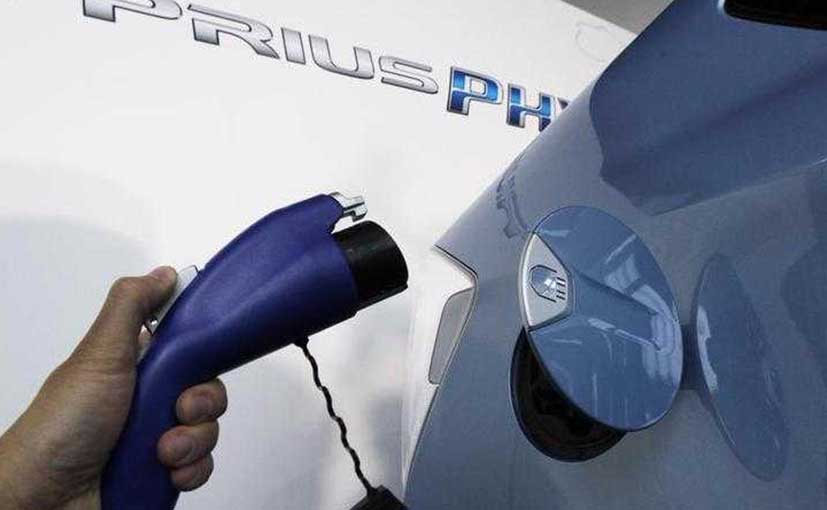Electric Vehicles In India; What The Future Holds

Highlights
- Indian Govt. needs to develop a good charging infrastructure
- A good idea will be to involve private players
- 2,000 EVs were sold in India in 2017
The world is quickly adopting to electric vehicles and in the next couple of decades, EVs are going to be more mainstream than internal combustion vehicles. More automotive manufacturers are now devoting a rather large chunk of their resources towards the research and development of electric vehicles. This begs a question though! Where does India fit in the overall scheme of electric vehicles globally? The government of India had a plan of converting the entire fleet of vehicles to fully electric by 2030, which is barely 12 years away. But in January, 2018, it was sort of scrapped. If this actually happens, then India will be one of the largest markets for electric vehicles in the world, possibly only behind China.
 (India needs to develop a good charging infrastructure before EVs become mainstream)
(India needs to develop a good charging infrastructure before EVs become mainstream)But a recent report prepared by Bloomberg New Energy Finance has some doubts on India being a big player the EV market. One of the biggest reasons for this is the very low average vehicle prices in India. For example, if we talk globally, people in US, EU would not mind spending around $35,000 on a new car. That figure is about $15,000 for people who buy a new car in China. But India, the average price of a car is less than $10,000. And therefore, people will be looking to buy an electric vehicle only when the prices of EVs will fall in that range.
And therefore, the report by Bloomberg New Energy Finance (BNEF) says that India will have better progress on electric two-wheelers, rickshaws and electric buses over the next 10 years. The report believes that by 2040, EVs will constitute only 40 per cent of the total passenger vehicle fleet in India. At the end of 2017, there were just 6,000 highway capable electric cars plying on Indian roads, which is a minuscule number when compared to the overall numbers of total cars on Indian roads. The BNEF study says that the annual sales of EVs will reach 30,000 units in 2022 as opposed to 2,000 units in 2017. And if the sale of EVs grows as the study has predicted, they will constitute about 6.6 per cent of annual vehicle sales by 2030 and go up to 27 per cent by 2040. Also, by 2040, about 13 per cent of the passenger vehicles plying on Indian roads will be electric by 2040.
What the government needs to do
The government needs to implement significant subsidy schemes and put up mandates which will encourage car buyers to look at electric vehicles. The next most important thing is to develop a good network charging infrastructure across the country. A good idea will be to involve private players in this as well although that is easier said than done because factors such as unreliable electricity supply, lack of co-ordination between different government levels and lack of demand for EVs keep private players away from investing in charging infrastructure. Also, the state-owned utilities will need to invest in charging infrastructure as well although their financial health is not at par with state-owned electric utilities in other parts of the world.
Source: Bloomberg New Energy Finance Report; Electric Vehicle & Energy Outlook
Related Articles
Latest News
- Home
- News
- Electric Mobility
- Electric Vehicles In India; What The Future Holds














